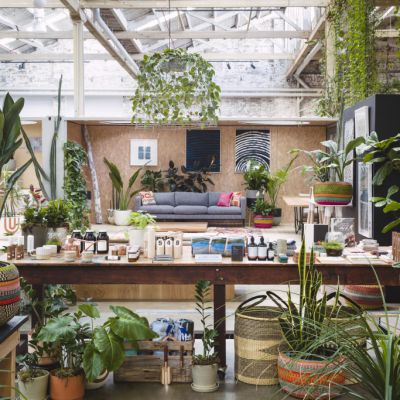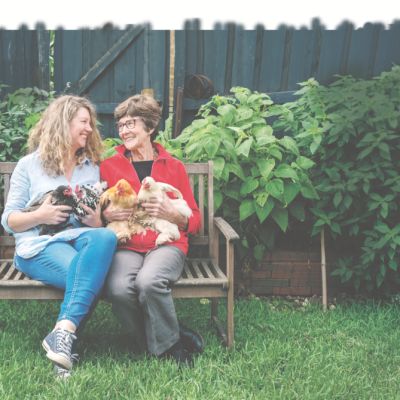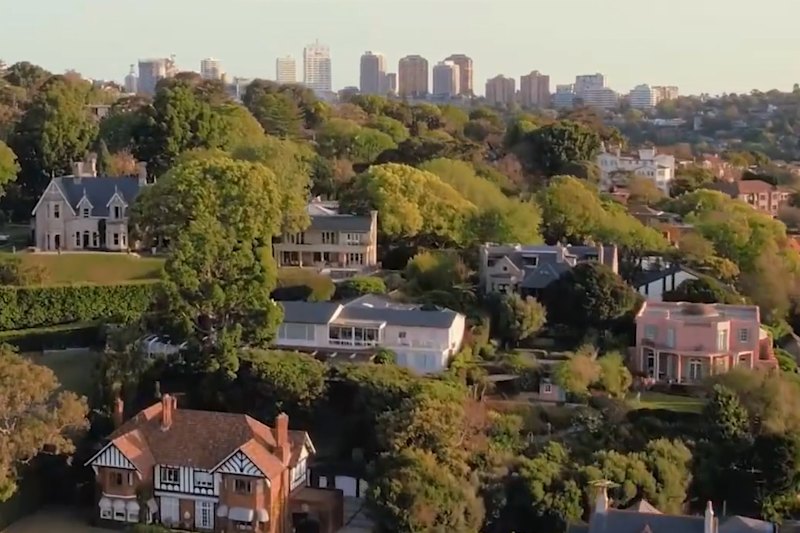7 tips to keep your indoor plants alive while you're on holiday
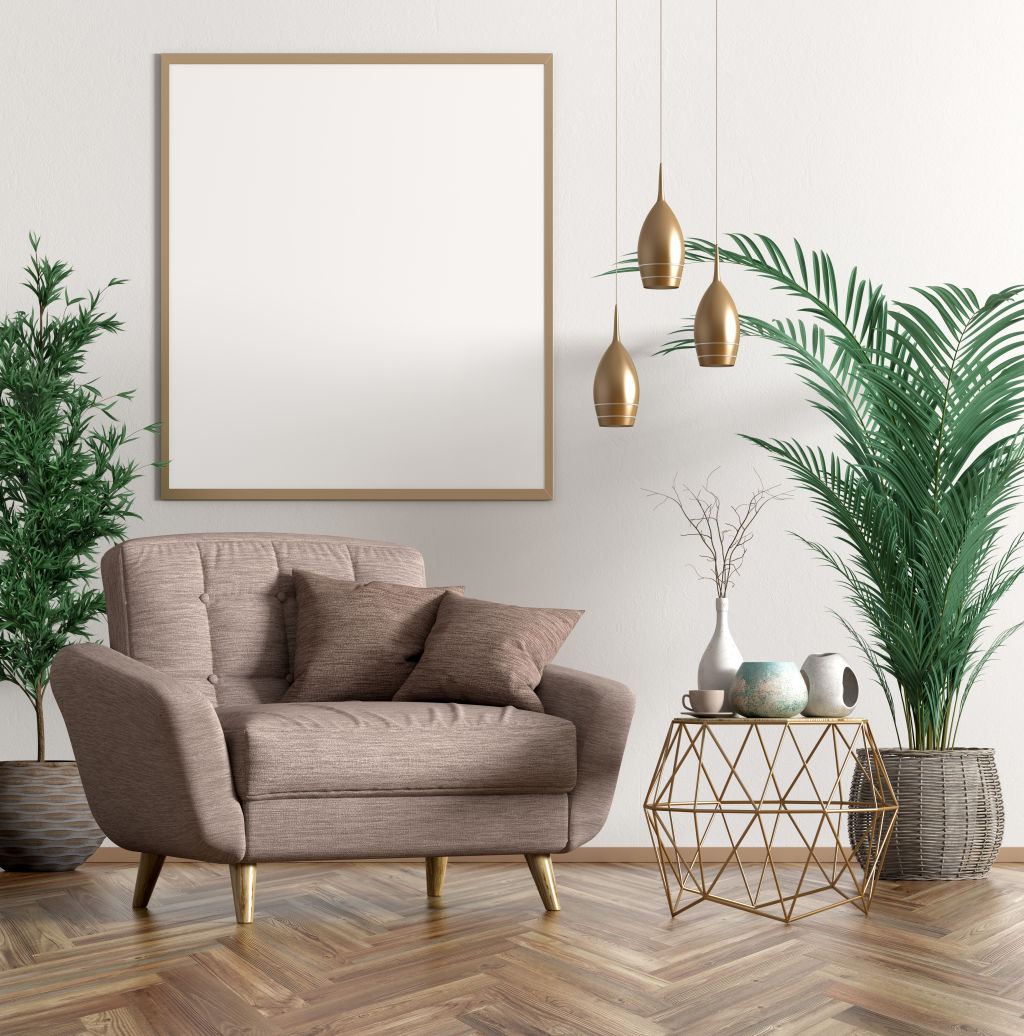
With the indoor plant trend still going full steam ahead, many of us have become guardians of tiny indoor jungles.
The question is how to keep our plant babies happy and healthy when we’re frolicking on summer holidays. Two plant experts have given their top tips for helping your indoor plants not just survive, but thrive.
1. Put them outside
Jarrod Ruch, permaculturalist and plant whisperer at Hope Seed Farm in Victoria, says that the best thing you can do is put your plants in a shady spot outside when you go away. Jarrod explains that plants get “soft” from living indoors and start to develop a soft, dark green leaf that burns easily in the sun, so it’s essential they’re not in direct sunlight.
What life is like living and working on the road on Somewhere Else:
“If I’m going away, I put them outside so that they can get natural rain, and I also put them in dishes so that if they start to dry out, they’ve at least got that little bit of a reserve at the bottom,” he says. “Put them in a shady spot on the south side of your house where they’re not going to get that belting hot northerly sun and wind.”
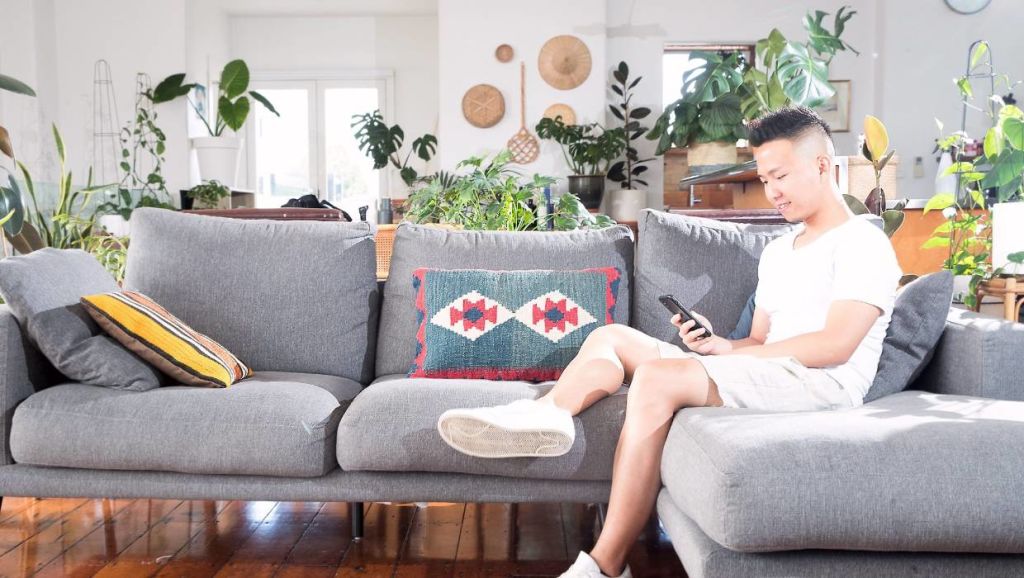
2. Put them in the bathtub
A bathtub is not just a large ice bucket at parties, but also a saviour for your indoor plants.
“Pop any of them that you think aren’t going to last the duration of your holiday in the bathtub and fill the bathtub up with maybe five centimetres of water,” says Chloe Warren from indoor plant store The Greenery Sydney. “That way they can draw the water up from the bottom as they need it.”
3. Use a self-watering planter or device
If you don’t have a bathtub or an appropriate outdoor space, Warren suggests using a self-watering planter. These come in a wide variety of sizes and styles ranging from $5 to $100 and work via a reservoir of water at the bottom with a mechanism that helps draw up and distribute the water through the soil.
You can also pick up self-watering devices from garden supply shops that sit in the top of the soil and act as a slow-drip system where the plants receive water slowly, without getting drenched.
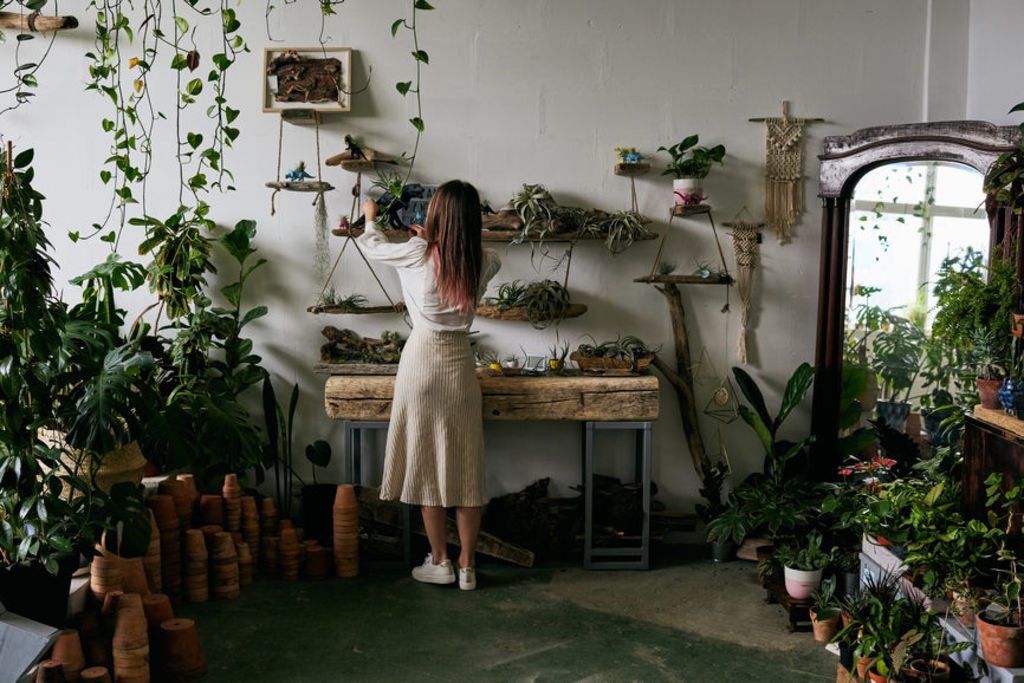
4. Make sure they’re fed
If you’re shifting your plants outside, Ruch recommends giving them some nourishment to assist with the extra growing they’ll be doing and helping them adapt to their new environment.
“You give them a little bit of a boost – a tonic to give them some extra love,” he says. “Seasol is a good overall tonic. It doesn’t have a lot of nitrogen or anything like that – it’s really just about taking the stress off.”
Chloe adds that it’s a good idea to feed your plants every fortnight during the growing season (warmer weather), so giving them an all-round fertiliser before you leave for a two-week vacation should be enough to sustain them.

5. Close the curtains or shift plants to spots with filtered sunlight
In situations where your plants will be hanging out in a high-sun indoor spot while you’re away and it’s going to be particularly sunny or hot, Warren suggests closing the curtains to help prevent burning. Alternatively, you could shift your plants to spots where they can enjoy filtered light. The peace lily that lives by the kitchen window, for example, may not be so happy there when peak summer rolls around.
6. Enlist some helpers
If you have high-needs plants (especially those of the rarer, more expensive variety), you might need to reach out to trustworthy family and friends for help and write out a watering schedule with clear instructions. Warren says that there are also businesses that now offer plant-sitting services.
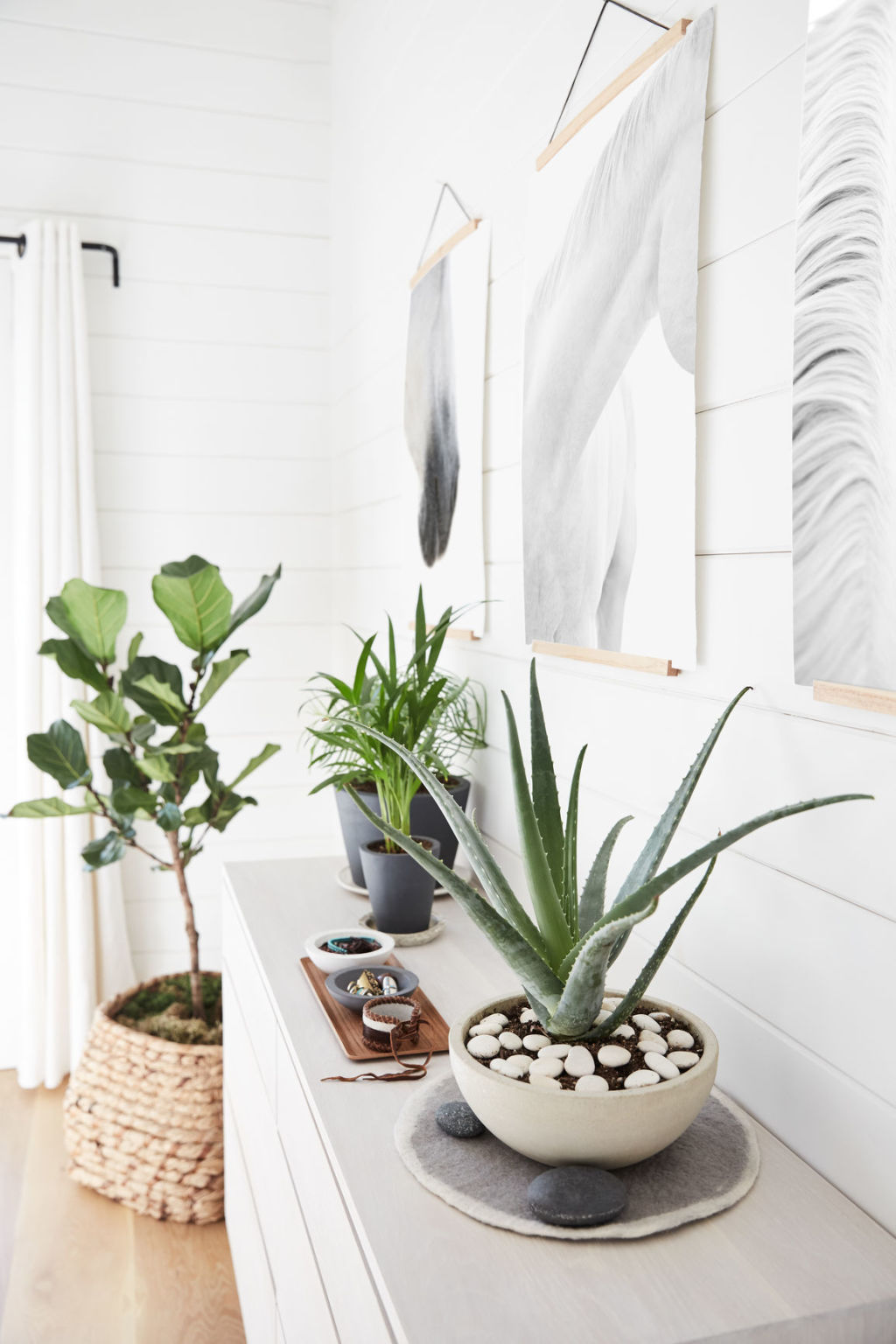
“Because people now have larger collections of rarer plants, there are some that can’t be left unattended,” she says. “And so I think the need for someone who knows what they’re doing with those rarer plants is there.”
7. Invest in hardy plant
“I love to go with Australian rainforest plants that can cope with being under the deep shade of the rainforest, and the dry as well,” says Ruch. “One of my favourites is the bunya pine. The umbrella tree is a really good one because it’s super hardy in the summer; kauri pines are another really good one. Even something like a citrus is good as an indoor plant during summer because they’re tough and they can cope with low lighting.”
Warren’s go-to low-maintenance plants are mother-in-law’s tongue, devil’s ivy, monstera, and the Zanzibar gem – which, she says, “thrives on neglect”.
We recommend
We thought you might like
States
Capital Cities
Capital Cities - Rentals
Popular Areas
Allhomes
More
- © 2025, CoStar Group Inc.
